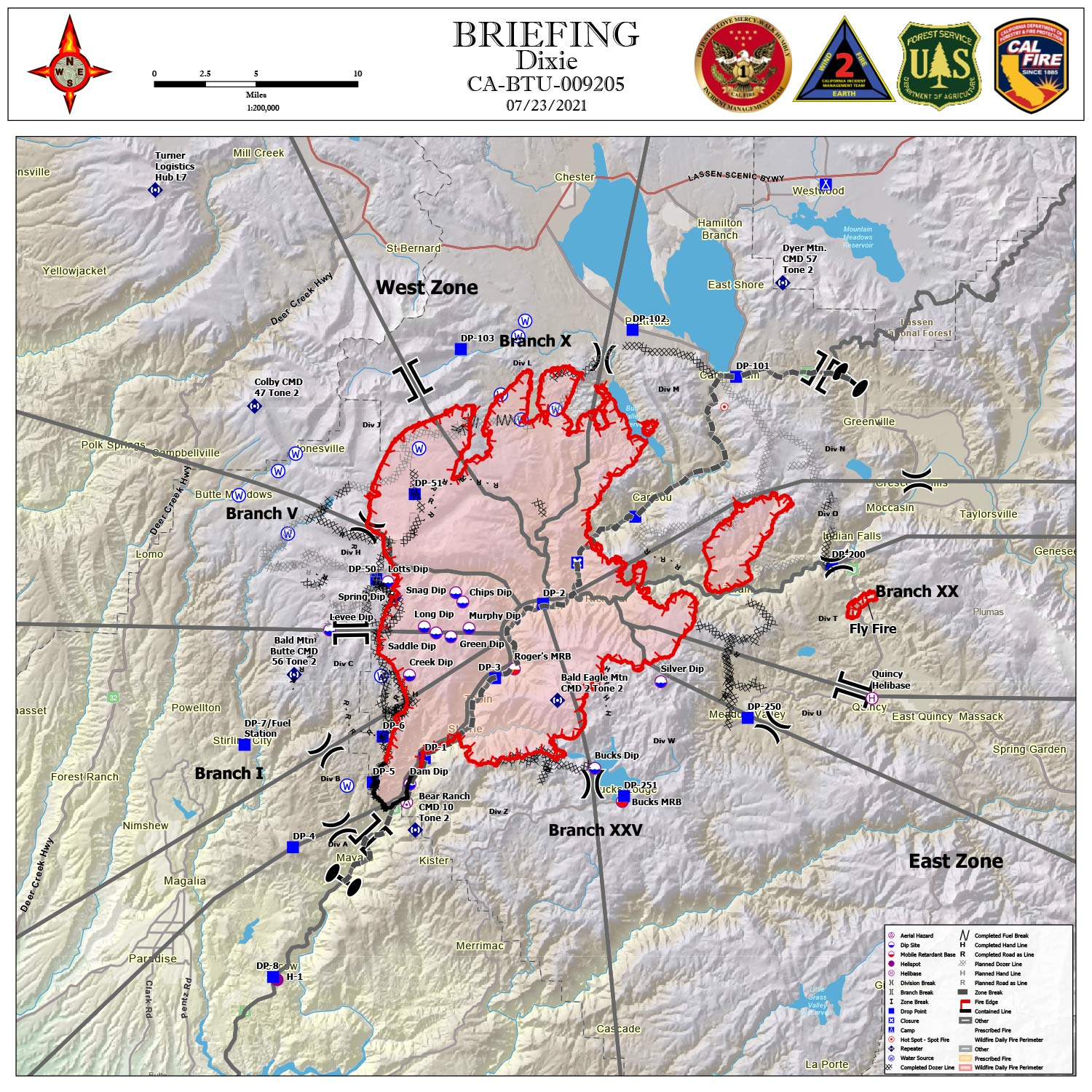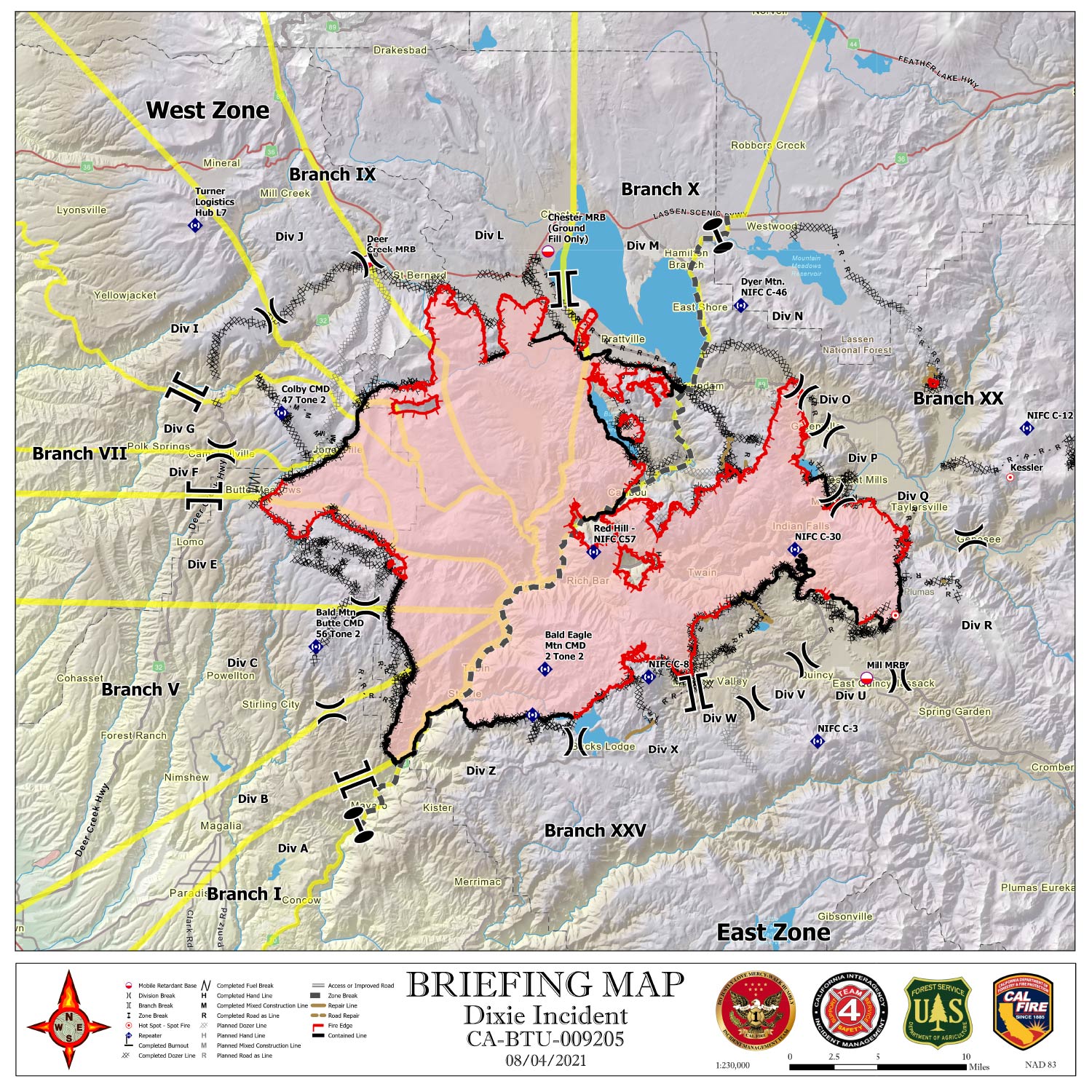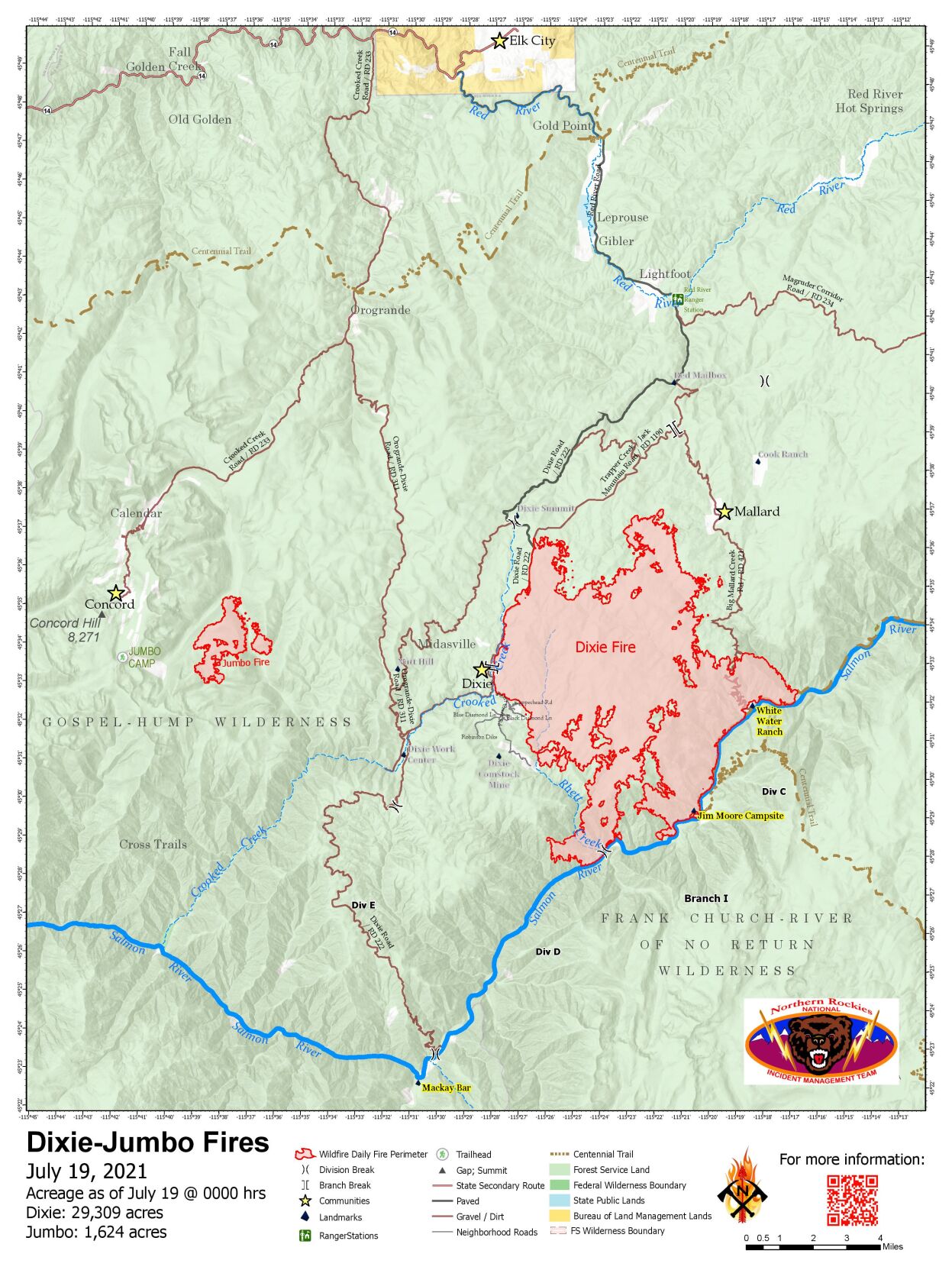
The CAL FIRE fiResponse Tactical Analyst environment integrates near real-time infrared data that detects heat energy with the Wildfire Analyst Enterprise spread prediction capabilities to support extended attack analysis. Keeping on top of new and emerging fires helps address the issue CAL FIRE faced in 2020 when several fires combined to create the August Complex Fire that burned more than one million acres.

“Seeing at a moment’s notice where all spot fire reports are coming in and coupling that with modeling tools from Technosylva lets us see where pinch points or problem areas are throughout the state,” SeLegue said. “The ability to immediately see that communities or houses are being impacted has brought more awareness to the situation,” SeLegue said.ĬAL FIRE couples FireGuard with Technosylva’s Wildfire Analyst and Tactical Analyst products built on Esri’s ArcGIS technology. Firefighters use the visualization tool on an hourly basis to monitor the fire’s location, the heat it’s generating, and the corresponding changes in weather conditions. Using a tool called FireGuard, CAL FIRE officials can see when and where fires spark, then create strategies to match specific needs with strained resources.įireGuard gives CAL FIRE access to video and images captured by classified US military drones and satellites as well as non-classified imaging and weather satellites. “Thankfully, we have a lot of resources here in California, but we also have a lot of ground to cover and people to protect,” SeLegue said.

On a single day-August 16-the agency was fighting 10 wildfires with 10,700 firefighters, 795 fire engines, 192 hand crews, 265 bulldozers, 276 water tenders, and 45 helicopters. Allocating Strained ResourcesĮvery day, CAL FIRE officials must continuously reprioritize resources for new and emerging fires. “The technology helps us understand that without suppression, this is where the fire could go,” said Phillip SeLegue, CAL FIRE’s deputy chief of intelligence.

Firefighters are now using imagery, smart maps, and computer simulations to monitor and forecast fire behavior. Thunder clouds massed above, causing lightning strikes that sparked spot fires ahead of advancing flames.Ĭalifornia Department of Forestry and Fire Protection (CAL FIRE) officials-who say they have never seen so many acres burn with such intensity-are trying to be ready for what the fires will do next. Owing to dryness and fuel loads, this year’s blazes even generated their own weather. In early October, the start of the strong Santa Ana wind season, the Alisal Fire near Santa Barbara spread quickly and temporarily closed Highway 101. The Dixie Fire destroyed the towns of Greenville and Canyondam and more than 1,000 homes, businesses, and other structures.

The Caldor Fire became the nation’s top priority in August as it threatened to jump into the highly populated Lake Tahoe Basin. CAL FIRE’s common geospatial view supports situational awareness and resource allocation.Īlready in 2021, California has experienced the second most destructive wildfire year in its history.Imagery and data on a shared map can be accessed by fire crews and fire officials.CAL FIRE has fielded next-generation tactical and analytical tools to fight destructive fires.CAL FIRE continues to improve situational awareness with all sensors, human, and robot inputs-from all resources on all teams-onto the same map.


 0 kommentar(er)
0 kommentar(er)
